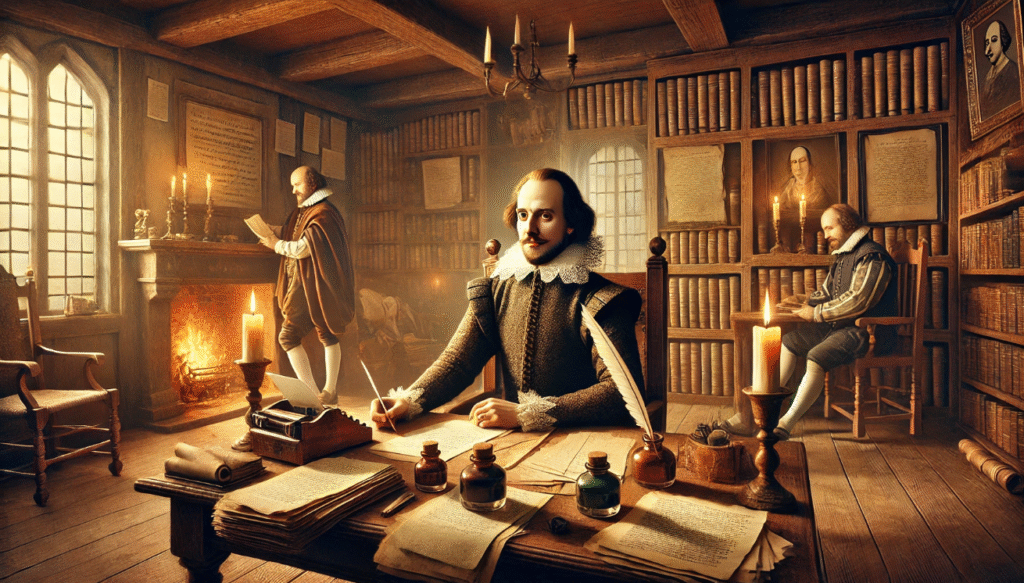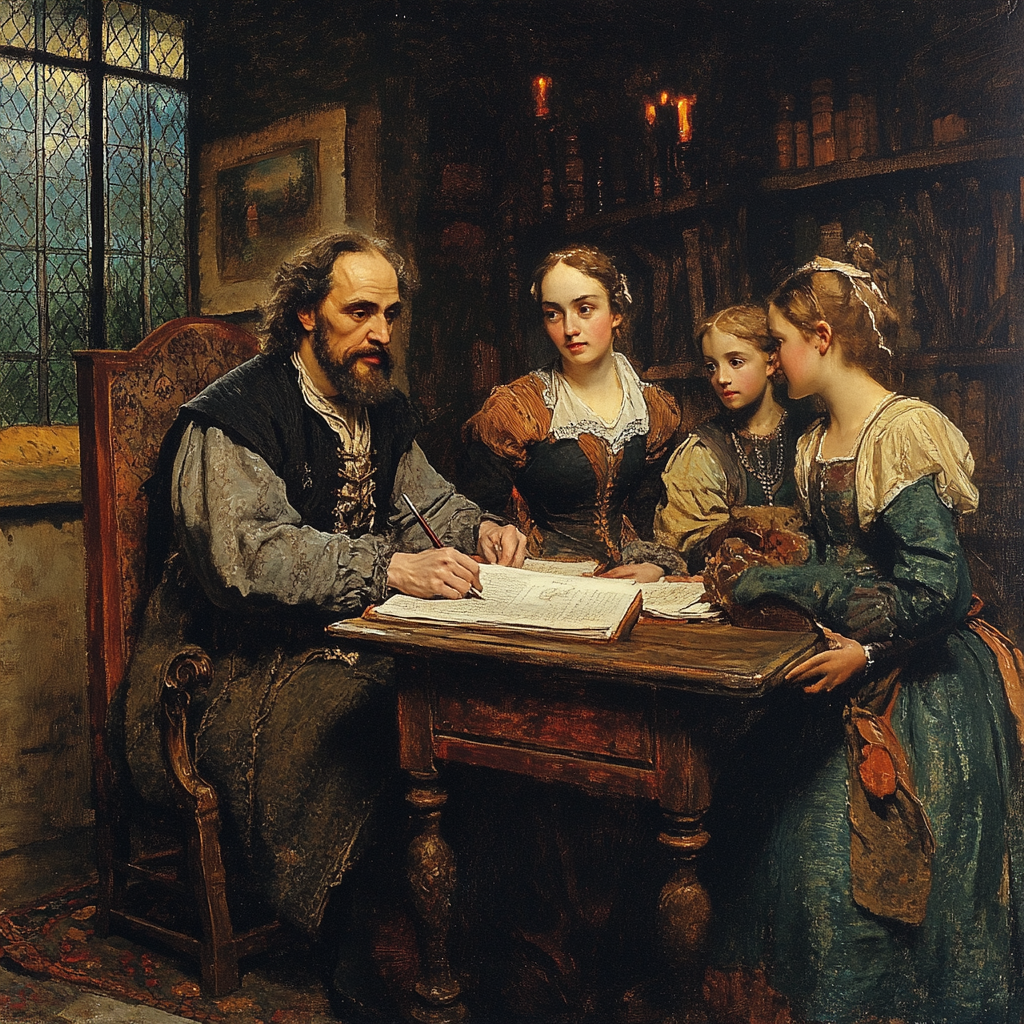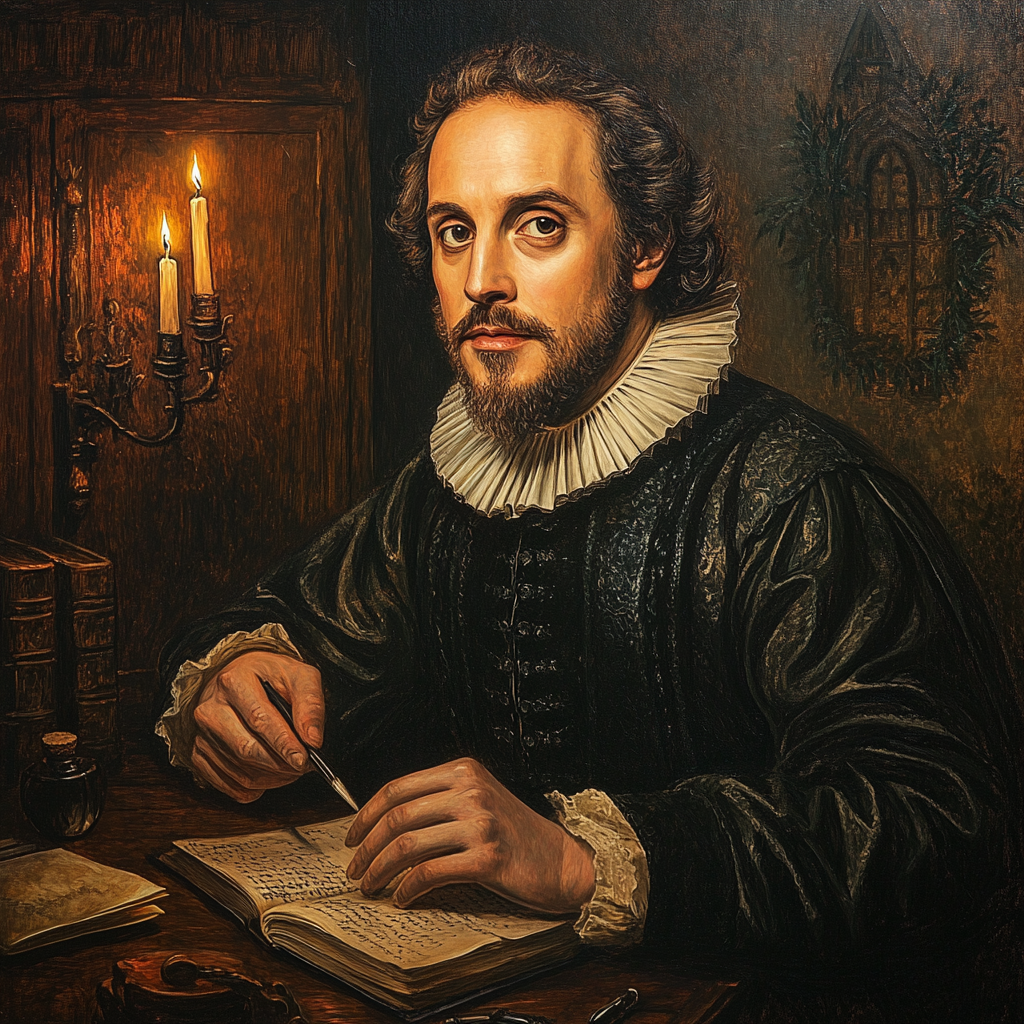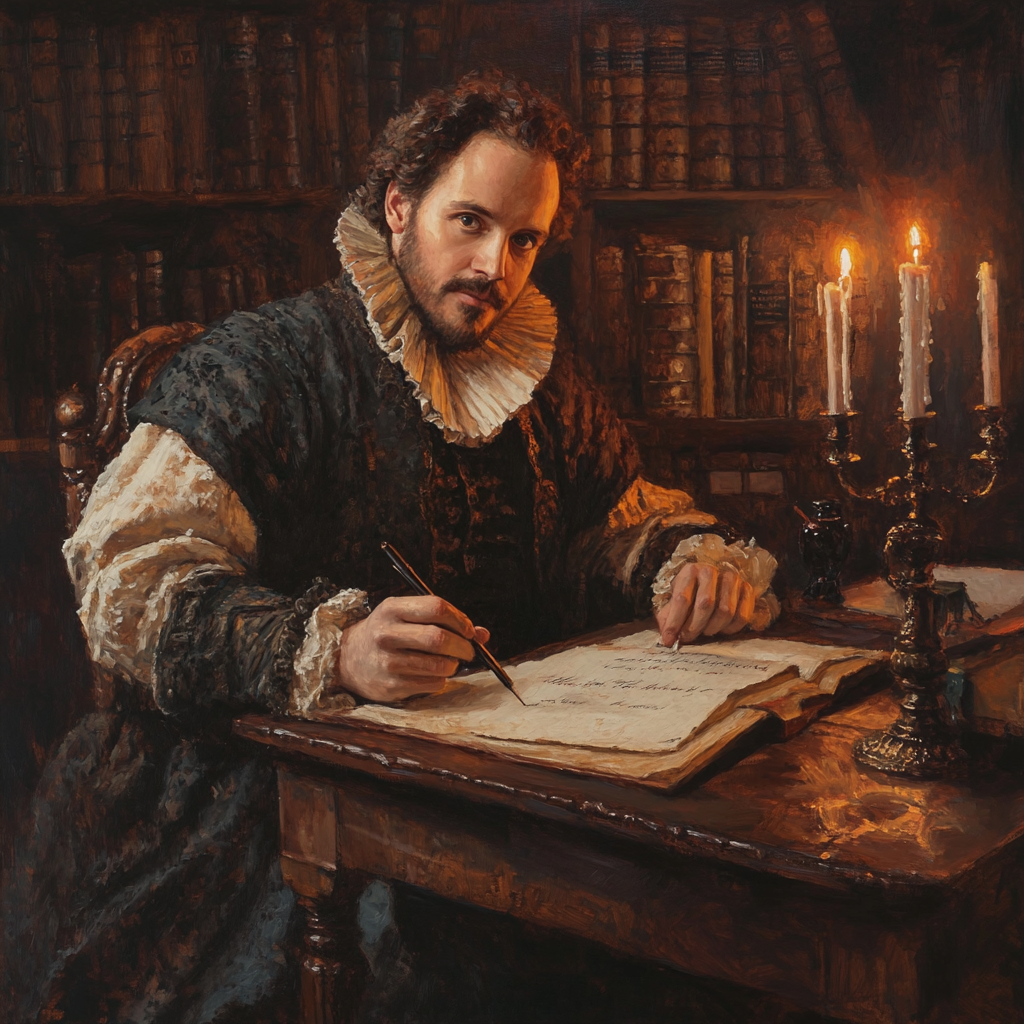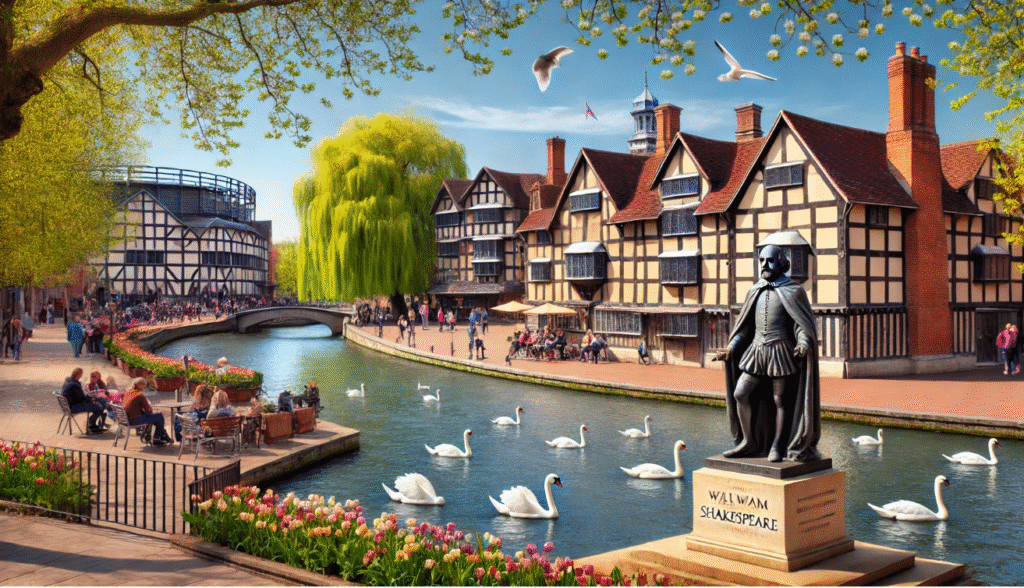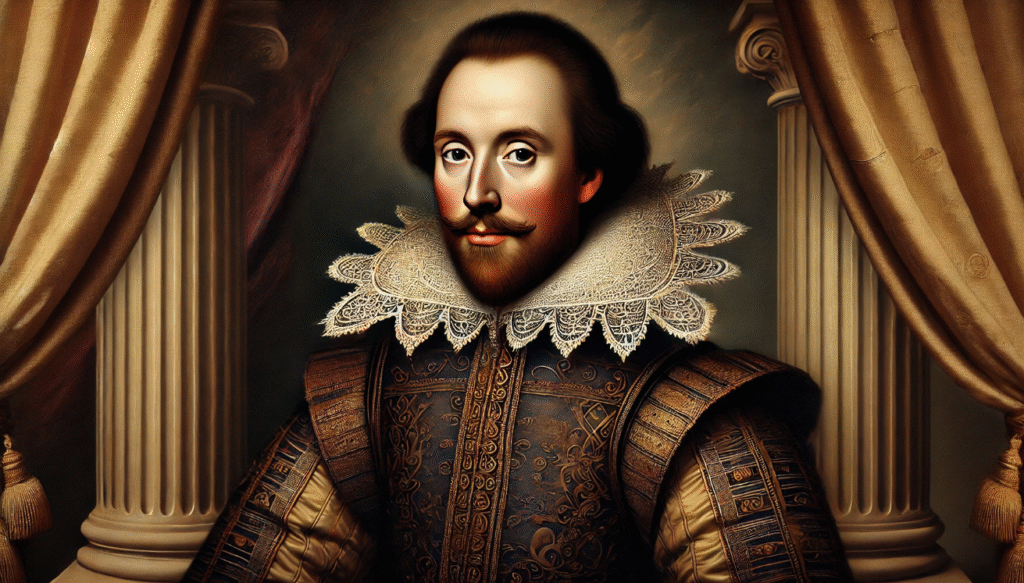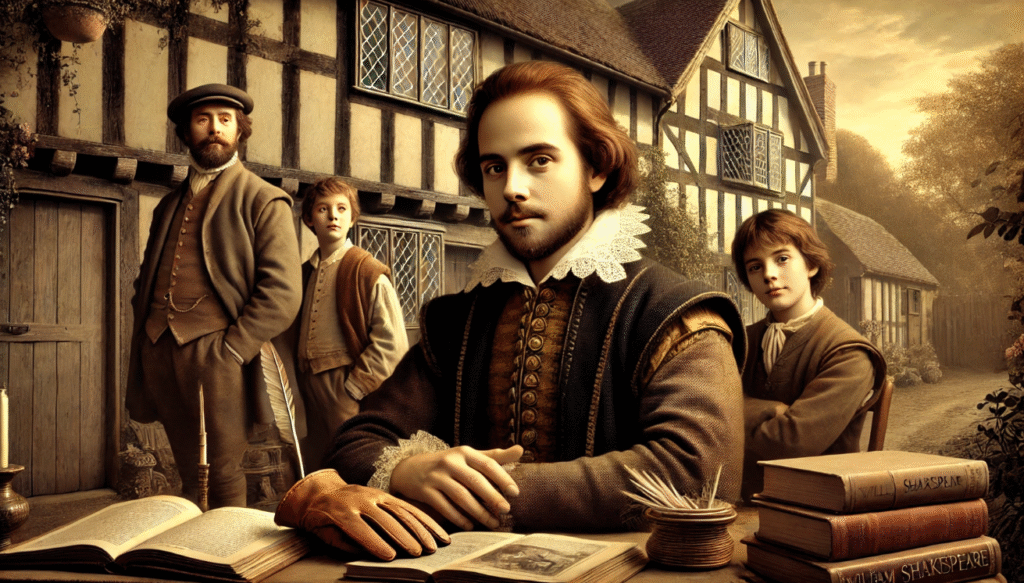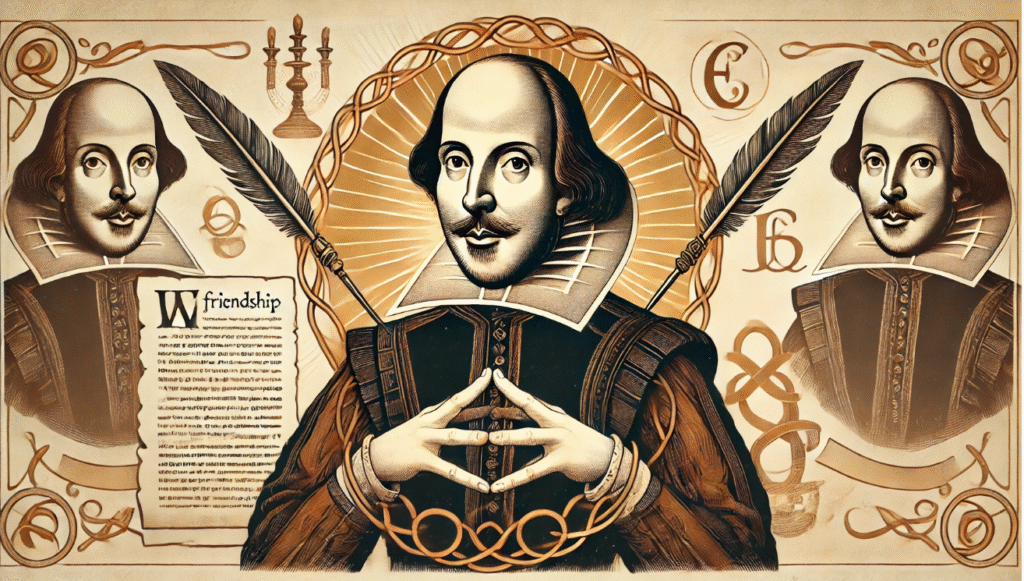 William Shakespeare’s literary circle is widely regarded as one of the greatest playwrights and poets in the English language. His works continue to be studied, performed, and celebrated around the world, making him a literary icon of enduring significance. During Shakespeare’s lifetime, the concept of a “literary circle” was a group of writers, poets, and intellectuals who would gather to discuss and promote each other’s work. These circles were often a catalyst for creativity, as members would collaborate, challenge, and influence each other’s artistic endeavors. For Shakespeare, his literary circle included fellow playwrights, poets, and actors such as Christopher Marlowe, Ben Jonson, and Richard Burbage.
William Shakespeare’s literary circle is widely regarded as one of the greatest playwrights and poets in the English language. His works continue to be studied, performed, and celebrated around the world, making him a literary icon of enduring significance. During Shakespeare’s lifetime, the concept of a “literary circle” was a group of writers, poets, and intellectuals who would gather to discuss and promote each other’s work. These circles were often a catalyst for creativity, as members would collaborate, challenge, and influence each other’s artistic endeavors. For Shakespeare, his literary circle included fellow playwrights, poets, and actors such as Christopher Marlowe, Ben Jonson, and Richard Burbage.
The Elizabethan Era: A Creative Golden Age
During the Elizabethan era, which spanned from 1558 to 1603, England experienced a cultural, political, and artistic renaissance. Queen Elizabeth I’s rule brought stability and prosperity, allowing for the flourishing of the arts and literature. The period saw a revival of interest in classical literature and a surge in exploration and trade, leading to a newfound sense of national pride. In terms of politics, Elizabethan England was marked by the struggle for power between the Protestant Church of England and the Catholic Church, as well as ongoing tensions with Spain. This political climate influenced the themes and messages in the arts and literature of the time.
Defining Shakespeare’s Literary Circle

In the Elizabethan context, a literary circle refers to a group of writers and creatives who would regularly meet and collaborate on literary works. These circles were often marked by both collaboration and rivalry among its members. Collaboration within the literary circle allowed writers to share ideas, critique each other’s work, and even co-write plays or poems. At the same time, there was also a sense of rivalry as writers vied for patronage, recognition, and success. This competitive environment often pushed members to strive for excellence in their craft. Shakespeare occupied a unique position in this network of talent.
Key Figures in Shakespeare’s Literary Circle
Christopher Marlowe: The Maverick Playwright

Marlowe’s groundbreaking works such as Doctor Faustus and Tamburlaine had a significant influence on Shakespeare’s early plays, including Titus Andronicus and Henry VI. There has been speculation about Marlowe’s mentorship and rivalry with Shakespeare, with some suggesting that Marlowe may have served as a mentor to the young playwright before his untimely death. This relationship has been the subject of much scholarly debate and continues to be a fascinating topic for those interested in the history of English literature.
Ben Jonson: Frenemy and Literary Critic

Ben Jonson played a complex role in relation to William Shakespeare, serving as both an admirer and a critic of his work. Jonson greatly admired Shakespeare’s talent and success, but he also expressed critical views of some of his works. In terms of style and thematic approaches, Shakespeare and Jonson had distinct differences. Shakespeare’s writing was known for its poetic language and complex characters, while Jonson’s work was characterized by its wit and satire. However, both writers explored themes of love, power, and the human condition in their plays and poetry. Despite any criticisms, Jonson and Shakespeare did collaborate on some projects, including the production of plays.
Thomas Kyd: The Pioneer of Revenge Tragedy
Kyd’s The Spanish Tragedy had a significant impact on Shakespearean tragedy, particularly in its exploration of themes such as vengeance and morality. The play’s influence can be seen in many of Shakespeare’s works, including Hamlet and Othello, which also delve into these themes. Kyd’s innovative approach to storytelling and the exploration of complex moral dilemmas left a lasting impression on the development of Shakespearean tragedy.
John Fletcher: Collaborator in Shakespeare’s Later Works
Joint authorship of plays such as Henry VIII and The Two Noble Kinsmen is a topic of much scholarly debate within the field of Shakespearean studies. There is evidence to suggest that these plays were co-written by John Fletcher and William Shakespeare. Additionally, Fletcher’s influence on Shakespeare’s late style is an area of interest for many scholars, as they have noted similarities in their writing styles and thematic elements. This collaboration and influence have added depth and complexity to our understanding of both playwrights and their works.
The Role of Theatrical Companies and Patrons

Theatrical Companies
Lord Chamberlain’s Men and the King’s Men were two of the most significant theatrical companies in Renaissance England. The Lord Chamberlain’s Men was originally formed in 1594 and was later renamed the King’s Men in 1603 when King James I took the throne. These companies were responsible for producing the plays of William Shakespeare and other prominent playwrights of the time. The significance of these companies lies in their collaborative environment among actors, writers, and producers. They played a crucial role in the development and popularization of Elizabethan and Jacobean drama, and their productions were highly influential in shaping the theatrical landscape of the time.
Patrons and Nobility
Financial and moral support from figures like the Earl of Southampton played a crucial role in the interplay between patronage and creative freedom during the Renaissance period. Artists and writers relied on the support of wealthy patrons to fund their work and gain access to resources and opportunities. However, this often came with the expectation of producing work that aligned with the patron’s interests and values. This dynamic created a delicate balance between artistic independence and the need for financial stability, shaping the creative output of many renowned artists and writers of the time.
Collaboration and Rivalry: A Source of Creativity
Cooperative efforts among playwrights have been a significant aspect of the theatrical world for centuries. One example of this is the friendly rivalries that spurred innovation, such as the famous rivalry between William Shakespeare and Ben Jonson. Their competition and mutual respect for each other’s work led to a flourishing of creativity and groundbreaking theatrical productions. Additionally, the exchange of ideas within the playwright community has been instrumental in shaping the evolution of theater. Playwrights often collaborate and share their insights, techniques, and challenges with one another, leading to the development of new styles and approaches to storytelling. Overall, the cooperative efforts among playwrights have played a vital role in driving the progress and innovation of theater, contributing to the rich tapestry of dramatic storytelling throughout history.
Other Influences in Shakespeare’s Circle
Poets and Writers Beyond Playwrights

Edmund Spenser and Philip Sidney were influential figures in the literary world during Shakespeare’s time. Their works, particularly Spenser’s “The Faerie Queen” and Sidney’s “Astrophel and Stella,” had a significant impact on Shakespeare’s sonnets and narrative poetry. Spenser’s intricate use of allegory and Sidney’s exploration of themes such as love and desire were reflected in Shakespeare’s own poetry. The elaborate structure and language in Spenser’s sonnets and the emotional depth and intimacy in Sidney’s work undoubtedly influenced Shakespeare’s approach to his own sonnets and narrative poetry. Shakespeare’s admiration for his contemporaries is evident in his work, as he often drew inspiration from their themes and techniques.
Key Actors and Their Impact
Richard Burbage was a highly influential actor in the Elizabethan era, best known for his iconic roles in Shakespeare’s plays such as Hamlet and Othello. His contributions to these roles helped shape the way these characters are performed and understood to this day. Burbage’s performances added depth and complexity to these characters, and his interpretations continue to influence actors and productions around the world. Additionally, Burbage’s collaborations with playwrights like William Shakespeare exemplify the symbiotic relationship between actors and playwrights. His performances brought the words of these playwrights to life, and in turn, their writing provided Burbage with the material to showcase his talent and skill as an actor.
Printers and Publishers
Publishers play a crucial role in preserving and disseminating Shakespeare’s works by publishing and distributing his plays and sonnets to a wide audience. They also work to ensure the accuracy and authenticity of the texts through careful editing and printing. Additionally, publishers help to promote and popularize Shakespeare’s works through marketing and promotion efforts. The printing industry had a significant influence on Elizabethan literature, as it allowed for the mass production and distribution of written works. This led to a wider dissemination of literature, including the works of Shakespeare, and helped to popularize his plays and sonnets among the general public.
The Legacy of Shakespeare’s Literary Circle
The collaborative network of writers, actors, and intellectuals in the Elizabethan era played a crucial role in shaping English literature and drama. This circle, which included luminaries such as William Shakespeare, Christopher Marlowe, Ben Jonson, and others, fostered an environment of creativity and innovation. Through their collaborations and interactions, these individuals pushed the boundaries of artistic expression and contributed to the development of English literature and drama. The influence of this collaborative network can still be seen today in the enduring legacy of Shakespeare and his contemporaries. Their works continue to be studied, performed, and celebrated, demonstrating the lasting impact of the creative community they were a part of.
Lessons for Modern Creatives

Collaboration and shared inspiration are invaluable in the creative process. When artists and creators come together to share ideas and work towards a common goal, the result is often something greater than what could have been achieved individually. By bouncing ideas off of one another and drawing inspiration from different perspectives, collaboration can lead to innovative and groundbreaking work. Competition can also drive innovation by pushing individuals and teams to strive for excellence. When there is a healthy level of competition, it can motivate people to think outside the box, take risks, and continuously improve their work in order to stay ahead of the competition. This can lead to new ideas, technologies, and solutions that may not have been possible without the competitive drive.
Shakespeare’s literary circle was a group of writers, poets, and playwrights who were active during the Elizabethan era. Some key members of this circle included Christopher Marlowe, Ben Jonson, John Fletcher, and Francis Beaumont. These individuals were influential in shaping the literary landscape of the time and were known for their contributions to English literature. The collective impact of this group on Elizabethan creativity was significant. They pushed boundaries, experimented with new forms and techniques, and ultimately helped to elevate English literature to new heights. Their works continue to be studied and celebrated to this day. Studying Shakespeare’s circle helps us appreciate the power of community in shaping art and culture.

